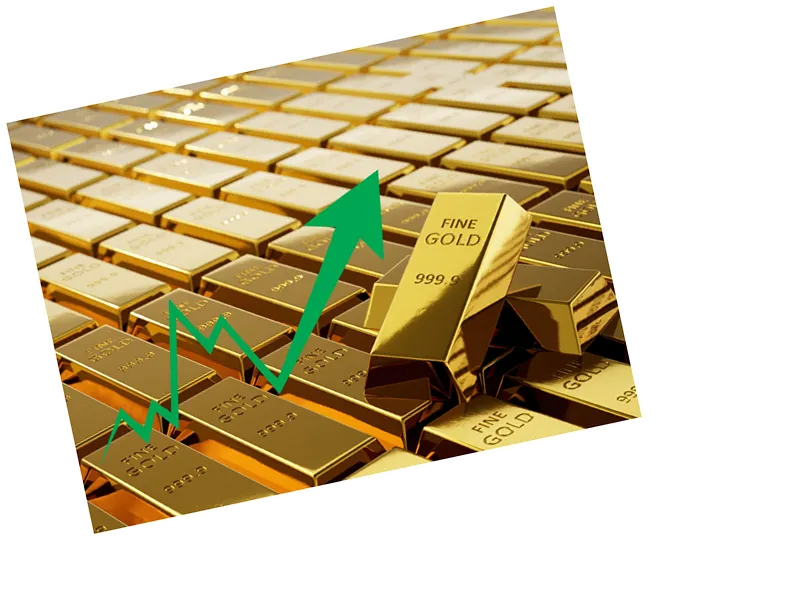Gold prices have soared to unprecedented highs, surpassing $2,500 per ounce in early August 2024, driven by a mix of economic instability and rising geopolitical tensions, especially in the Middle East. The surge began in July when prices exceeded $2,483 per ounce, attracting investors looking for a safe haven amidst ongoing uncertainty in global markets. Analysts indicate that expectations of the US Federal Reserve potentially reducing interest rates, coupled with declining inflation and rising unemployment, have further bolstered the gold market. If the Federal Reserve adopts a dovish stance and cuts interest rates next month, gold prices could remain strong and possibly reach new highs.
In contrast to gold's success, palladium prices have faced significant challenges. Since mid-July, palladium has seen a downward trend primarily due to lower demand in the automotive sector, where it is used in catalytic converters. A notable shift towards using platinum over palladium in various industrial applications has also contributed to this decline. Despite a brief rise at the end of July, market sentiment remains bearish, and analysts predict continued pressure on palladium prices as supply stabilizes and demand remains sluggish.
Platinum itself is not faring well either, experiencing a continuous decline in prices. The automotive industry's decreased demand, combined with increased platinum recycling, has added to the downward pressure. Concerns about a potential global economic recession further exacerbate the situation, leading to expectations of reduced platinum consumption in the future. Although there is an ongoing supply deficit that could provide some support, analysts anticipate that platinum prices will remain within the current lower range for an extended period.
Silver prices have displayed significant fluctuations in recent months, initially rising due to market optimism and encouraging economic data in early July, only to fall again by the month's end. This volatility is attributed to weak industrial demand and concerns about a global economic slowdown. While a lack of supply might offer some positive expectations, analysts believe that silver prices will struggle to rise significantly in the near future.
- The dynamics influencing the precious metals market are complex and interconnected. Investors are keenly observing the Federal Reserve's next moves, as any changes in interest rates can significantly impact gold and other precious metals. The interplay between supply and demand, particularly in the automotive sector for palladium and platinum, is critical in shaping market trends.
- Furthermore, geopolitical factors, particularly tensions in the Middle East, continue to play a crucial role in driving investors toward gold as a protective asset. As the global economic landscape evolves, understanding these trends will be vital for investors looking to navigate the precious metals market.






